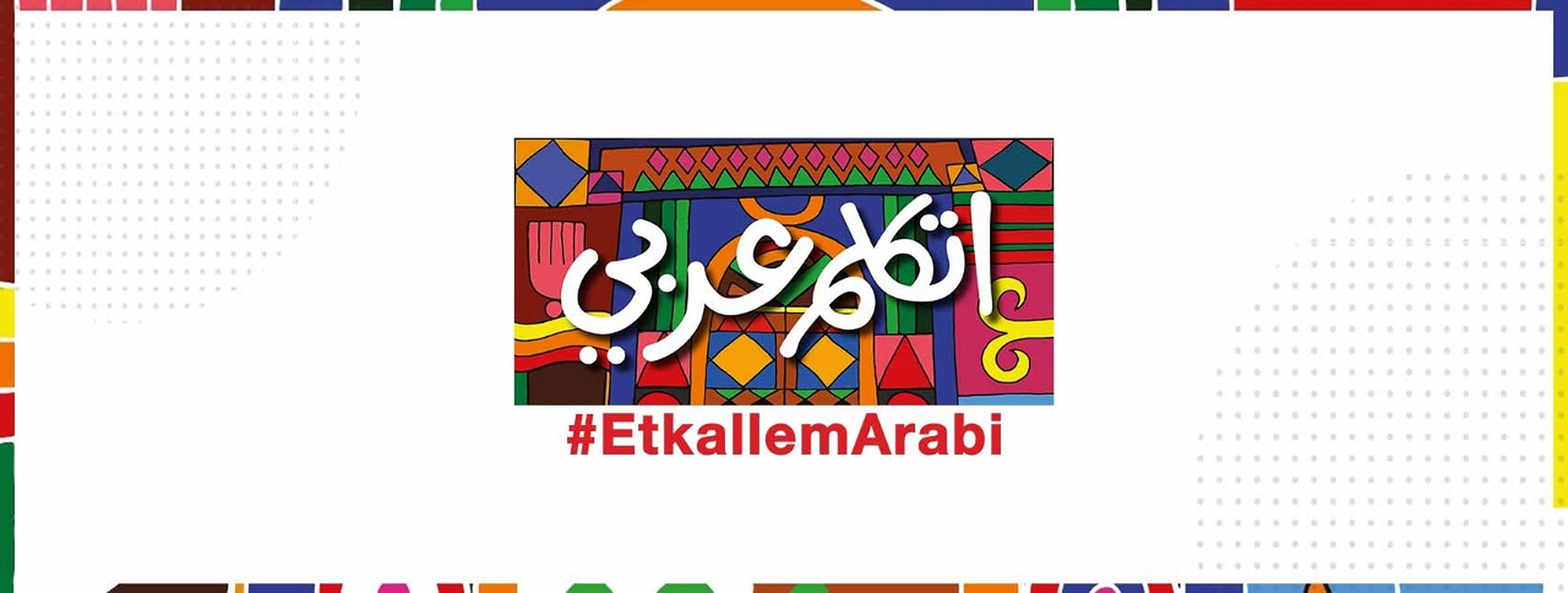
Growing up, Arabic was not a language spoken inside home or even outside of home; it was simply heard. I heard my parents speaking it, heard it through television or music or films, and sometimes radio, but it wasn’t a language that was often spoken.
The challenges of speaking Arabic are not just due to my lack of exposure to the language, but also of platforms that support and encourage non-Arabic speakers to learn Arabic in a fresh and engaging way. While you can easily choose to learn Arabic from language institutions or tutors, the idea of having direct, independent, and free access to a singular platform that you can use at any time of your day is not widely popular.
Duolingo, a language-learning website and mobile app, has been widely successful as the first platform to introduce a fun and addictive approach to learning a language; with a distinctive brand and design in the form of the owl Duo. While critics recognize that the app alone doesn’t help people to become fluent in a certain language, as this requires more effort in conversing and socializing with a native, but what it does help teach is consistency. “What Duolingo does is to potentially entice students to do things you cannot pay them enough time to actually do, which is to spend time in that textbook and reinforce vocabulary and the grammar,” Sébastien Dubreil, a teaching professor at Carnegie Mellon University, notes.
The most difficult thing about learning a language is staying committed and motivated to learn it, particularly for children or young teens that may not yet see a strong reason to learn the language. For this reason, Egypt’s Ministry of Emigration and Egyptian Expatriate Affairs recently launched ‘Speak Arabic’/’Etkallem Arabi’ (اتكلم عربي) application, which aims to promote Arabic language and Egyptian culture primarily to and among second and third generation Egyptians living abroad. It is run in partnership with the National Council for Childhood and Motherhood and Nahdet Misr Publishing Group.
The name of the application, ‘Speak Arabic’, indicates that it aims to not just help young Egyptians learn the language, but also speak it, which is often the most challenging part for any Egyptian living abroad when it comes to the Arabic language. It is one thing to learn the Arabic language in classroom lessons and listen to it spoken by other members of our families, but it is another thing to truly feel more deeply connected with the language itself that it no longer seems ‘foreign’ to us when we are asked to write or speak it.
First, let’s get a couple of facts about the application:
It is designed for children aged from 3 to 6 years old. This means that older users might already know 80-90% most of the content or feel that the content is too simple. There are slightly more complex phrases in the application, yet it is evident that the songs and entertaining content was designed for children.
The application mainly targets Egyptians, and particularly second and third generation Egyptians, who are living abroad. This means that the entire brand and content of the application includes aspects of Egyptian culture and traditions, and also assumes that the user has an Egyptian or Arabic background as most of the content and instructions given are all in Arabic.
So, how do you actually use it?
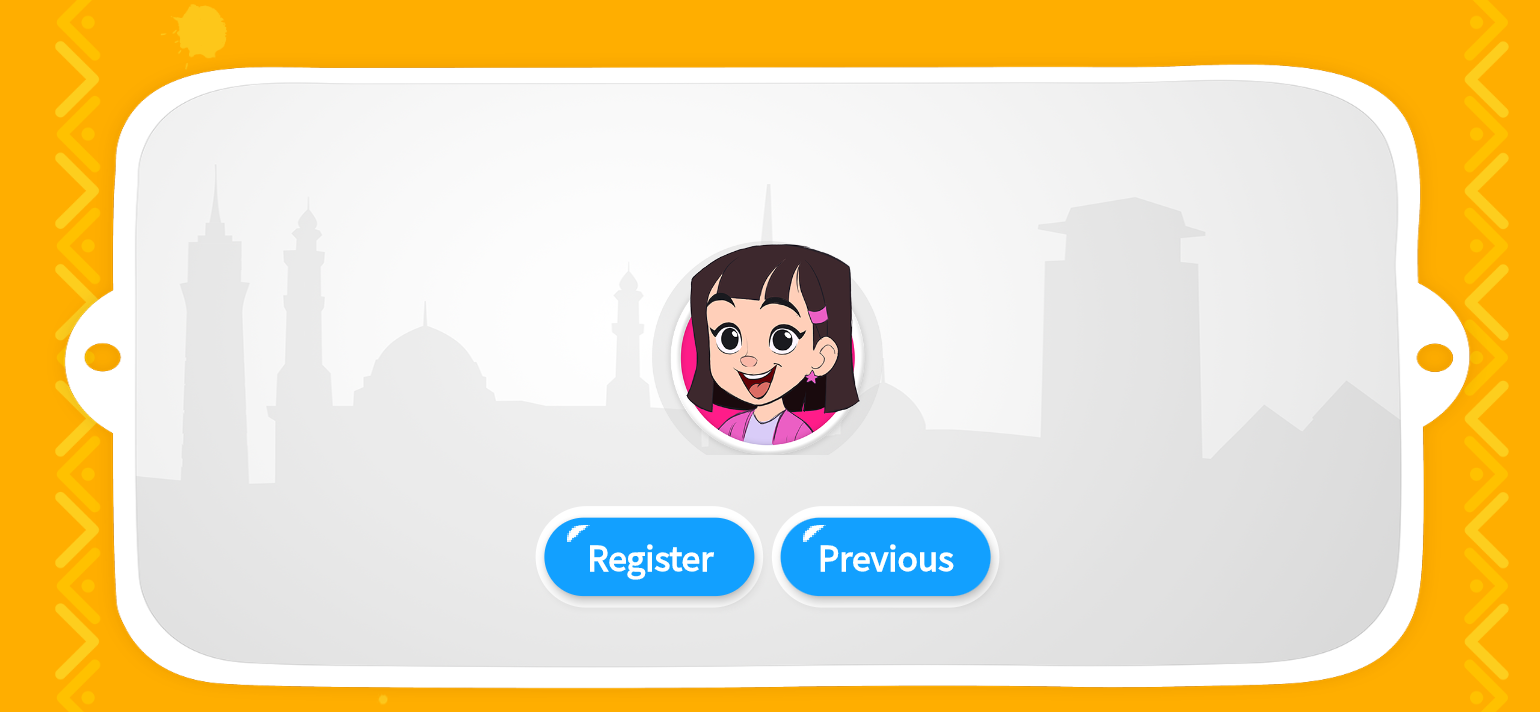
Once the user downloads the app, they will have to create an account first either with a Google or Facebook account or make an entirely new account (Note: the content is in Arabic, so the user will need an Arabic speaker to help them create the account.)
Next, another screen will appear where the user has to choose which language they speak. It is important for the user to choose the language they speak correctly as this will help them understand the instructions video that will appear next.
Once the user chooses their avatar and registers, a video will appear to explain to them the activities of the application. The application offers lessons that use listening exercises, flashcards, and multiple-choice questions to help you memorize symbols, images and learn new words, phrases, and sentences.


The first thing the user will see is their avatar and the levels they are supposed to unlock behind a background of Egypt. To unlock each level, the user should click on the avatar to transfer them straight to the activity, which usually involves flashcards and simple multiple-choice questions.
On the top right corner of their screen, there is an icon of an open book, which takes the user to the library section. This is the section where the user can play any activity, song, video, learn phrases, and how to write letters, which is helpful for those who simply want to learn the language at their own pace through quick pieces of entertainment.
What can you learn from the application?
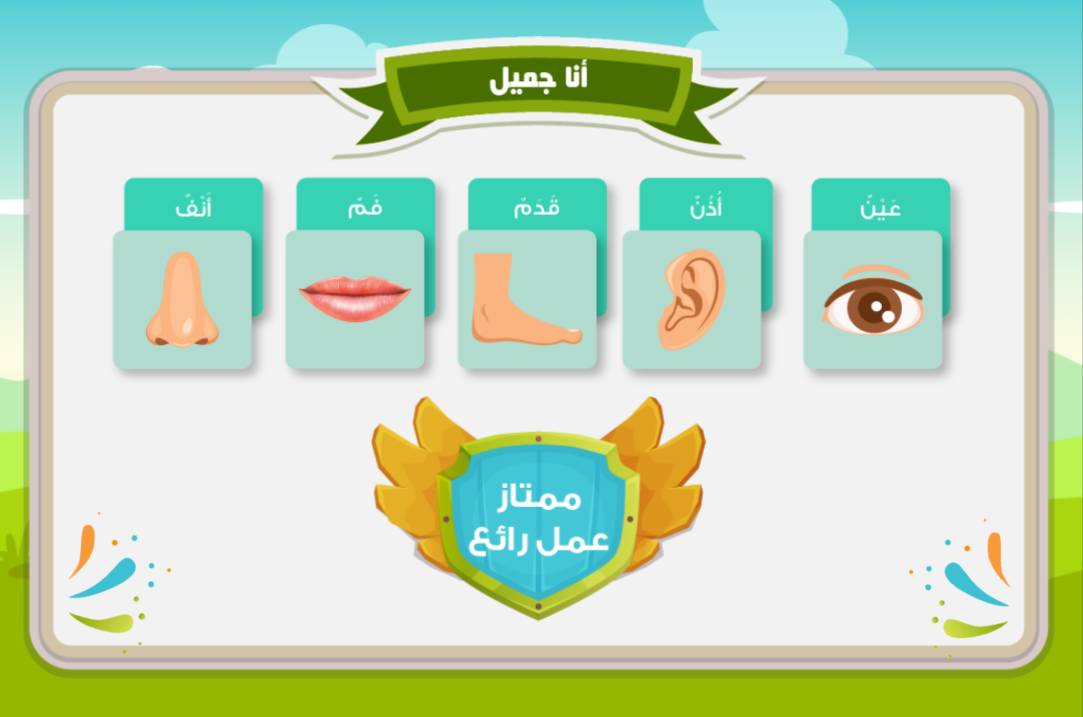
Firstly, the library section is a great way to merge entertainment, culture and learning, and to really help the child ‘immerse’ themselves in an Arabic environment that isn’t easily found in their surroundings abroad.
The application also makes a very nice link between the virtual and offline world with worksheets that the user can access in the library each time they click on a phrase, a letter, a song, or a video. It is also free for access, which is a great advantage for those living abroad and cannot easily access Arabic materials. The user can also download it on their phone and forward it to any of their relatives abroad.
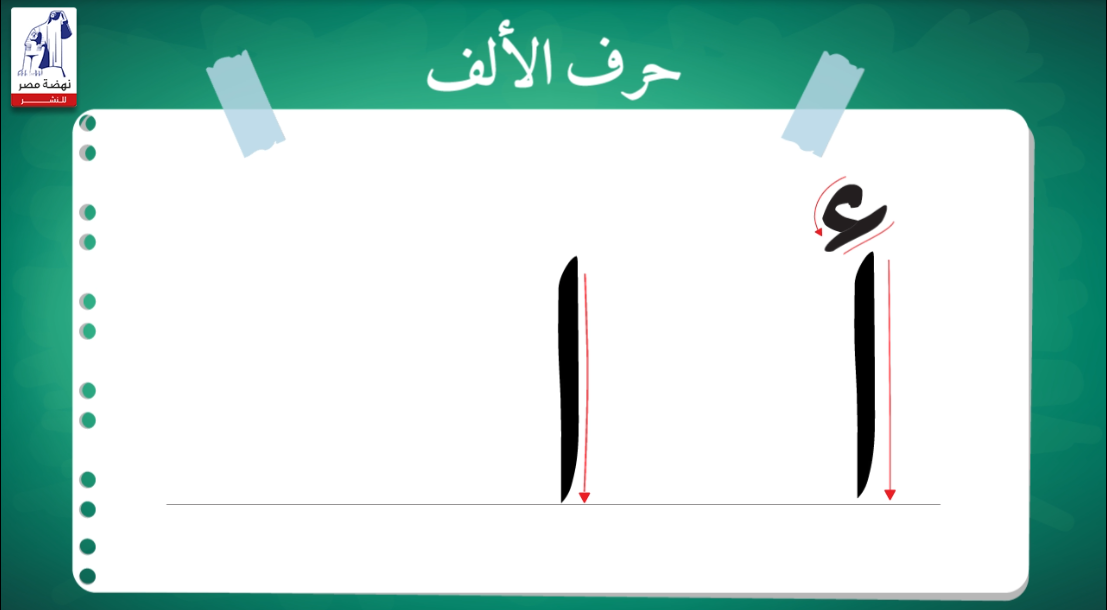
Since Arabic has its own writing system, style of writing, and pronunciation, the letters section is also a great advantage as it helps the user to know the visual representation of words or sounds that allow words to be constructed, and how to properly write these letters and pronounce each one.
After a few weeks or months of consistently using the application, the child may be able to learn new sounds, phrases, and symbols. They might not understand every word in the songs and videos in the application, but through consistent use and helping them memorize the songs and videos, the child may be a lot closer to understanding Arabic and becoming more familiar with it.
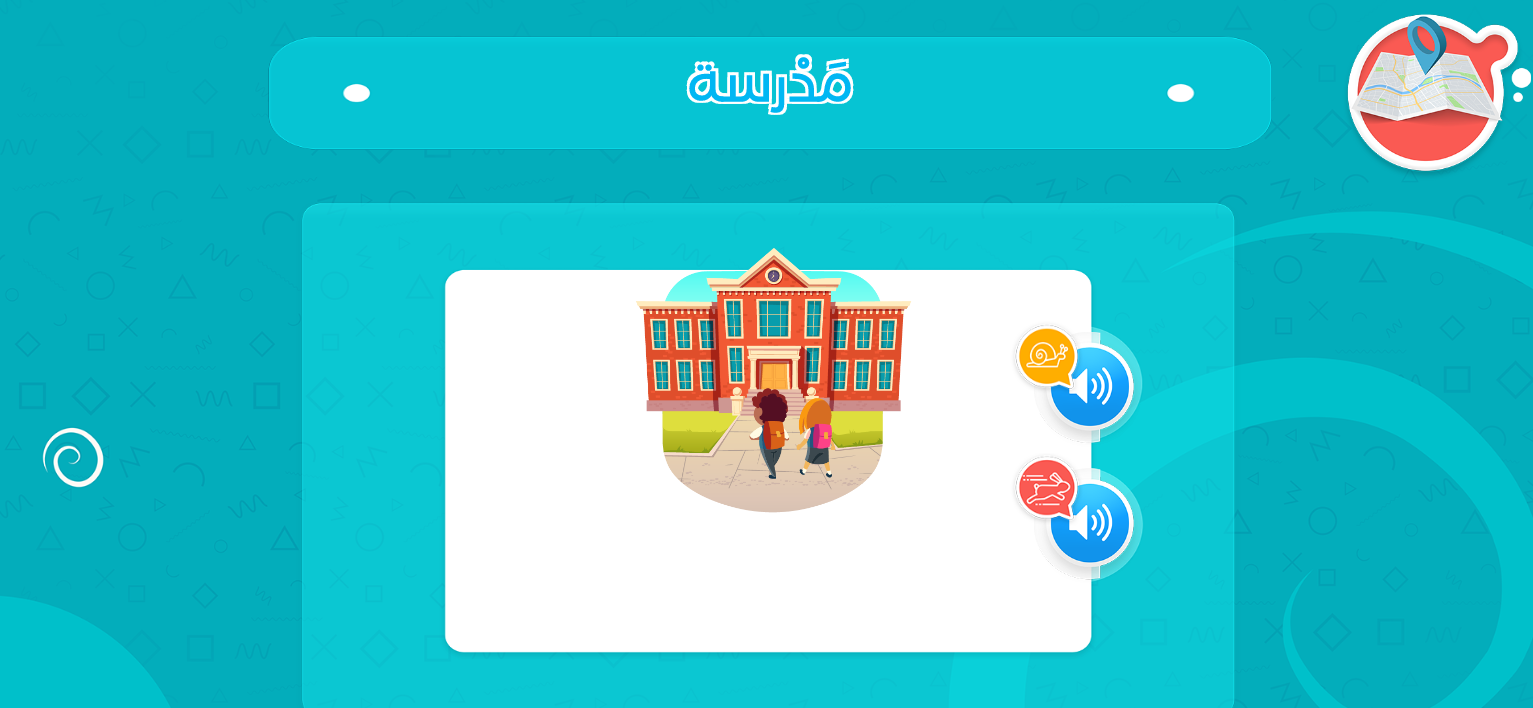
In short, the application helps the child become more connected and familiar with the language in an engaging way, sort of similar to the widely popular Youtube videos for kids that garner millions of views every day and are usually produced in English. Instead of YouTube, this is an alternative to learn basic phrases, know how to introduce themselves, ask questions, communicate routine tasks and understand basic interactions.
What is also great about the application is that the songs and videos can help the user break down component parts of a sentence so that they would actually understand what they’re saying, rather than simply learn words and phrases and not know how to put them together in a sentence.
What can you not learn from the application?
The application may help the child become more familiar with the language, but it does not necessarily help them speak in Egyptian dialect. Understandably, one must first learn the language first before learning how to speak the dialect, but this is what the application helps you do: it can get you to the first stage of learning the language, but socializing and understanding a wide variety of topics and cultural undertones are not found.
It would also have been more helpful if the songs and videos included translations below the Arabic text to help the child learn independently rather than resort to an Arabic person to guide them through the application.
The application will also most probably not help the child phrase more complex sentences, such as opinions.
It is simply an engaging platform to help them be ‘consistent’ in learning the basics of the Arabic language and structure a sentence, but more advanced levels means that they would have to watch longer films and engage in Egyptian social gatherings and settings.
Overall, is it worth it?
If the child already uses YouTube Kids and other mostly English speaking platforms, then there is a good reason to also use Etkalem Arabi to help them build a good foundation on the Arabic language.
The key to feeling connected to one’s culture or one’s own identity in foreign environments is to be able to access quick, engaging and free content that the child can use at any time and any place, and this is what Etkalem Arabi mainly does. Social media and new technologies have helped us create a culture of content that is freely available and connect us with global cultures that we never imagined to reach, which proves that it is impactful in connecting cultures across borders and time.
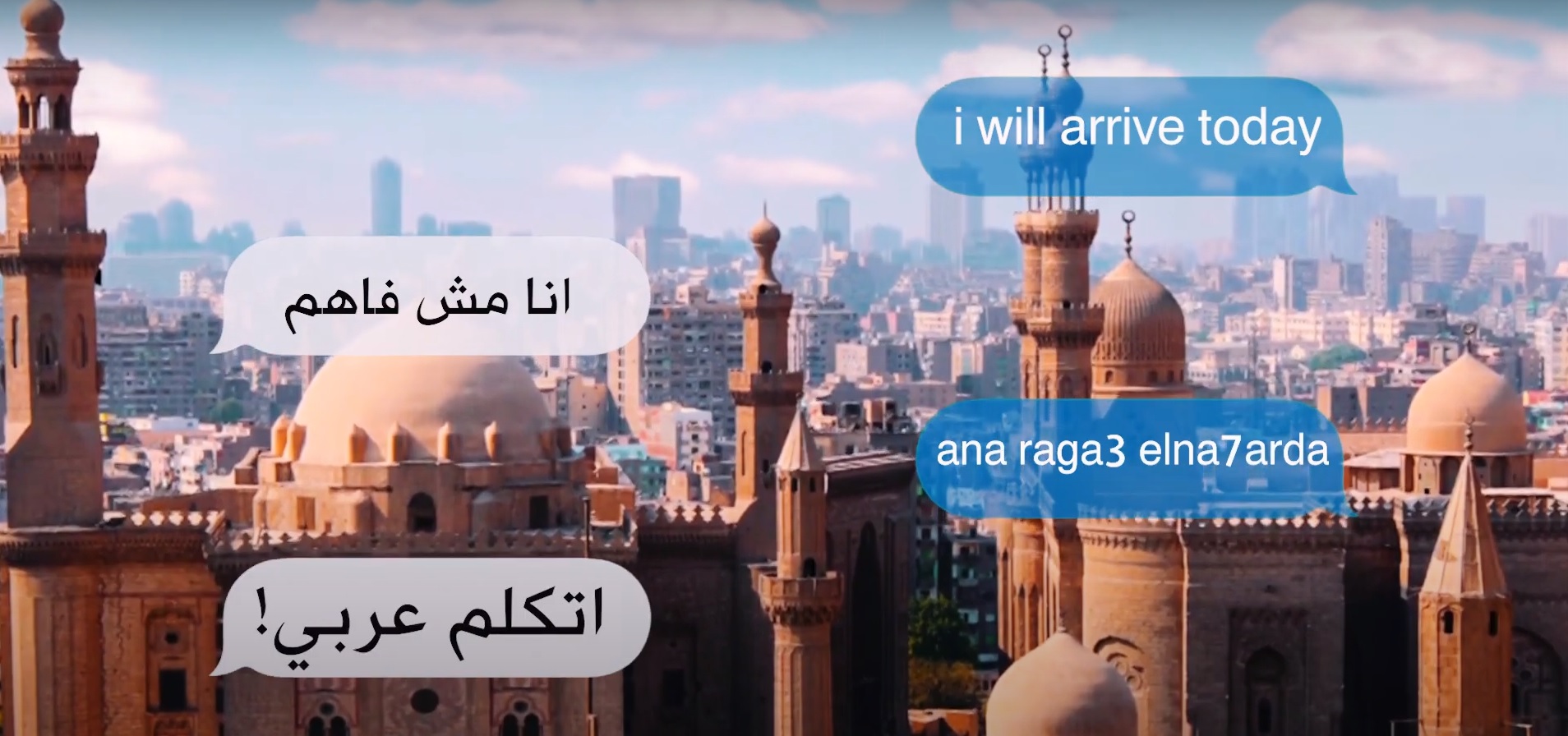




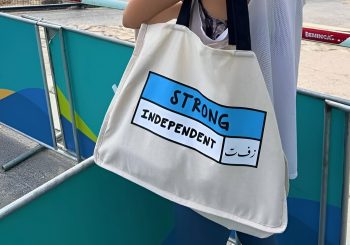
Comments (5)
[…] Etkallem Arabi (speak Arabic): what you can and cannot learn from the application […]
[…] Source link […]